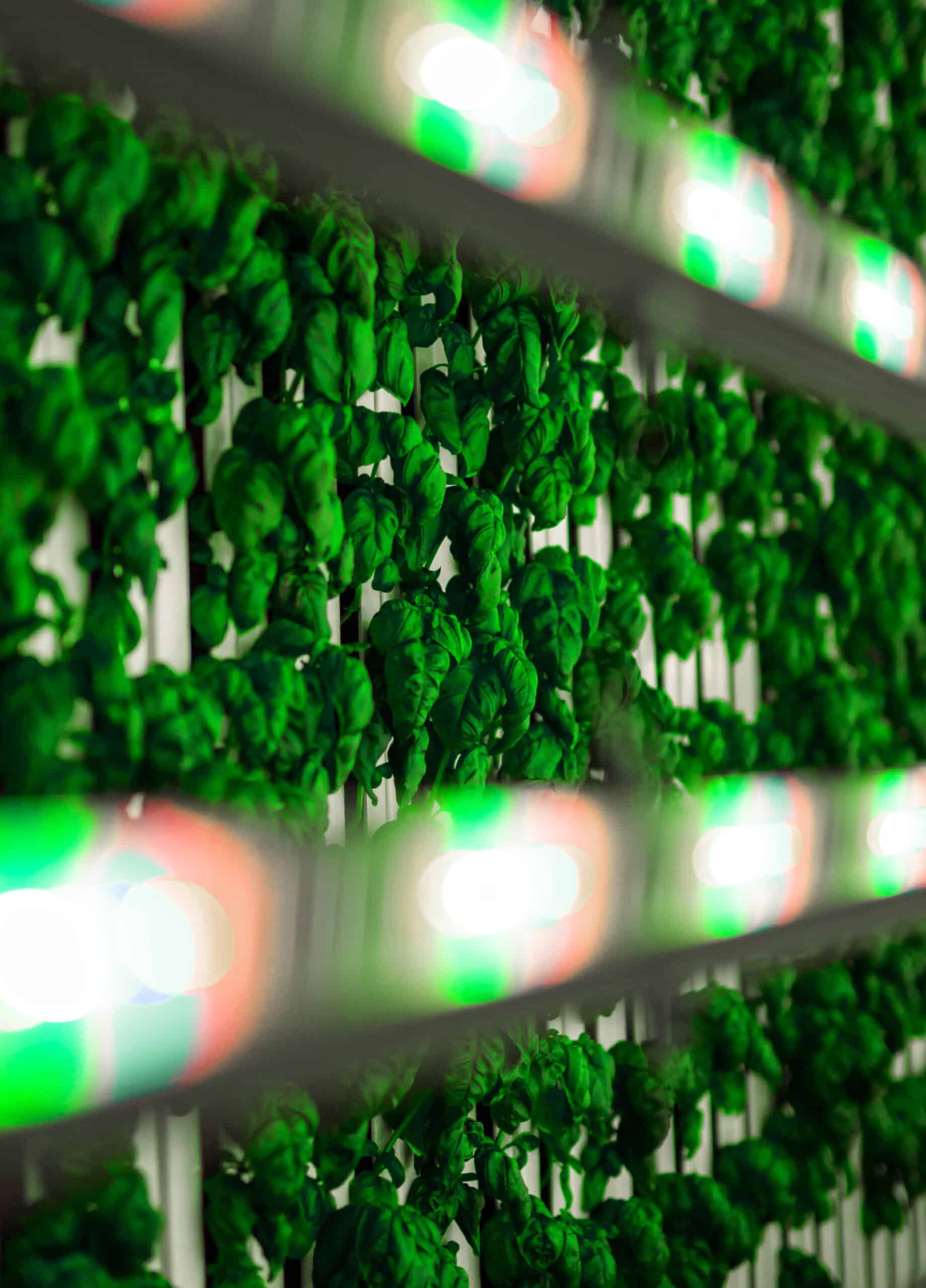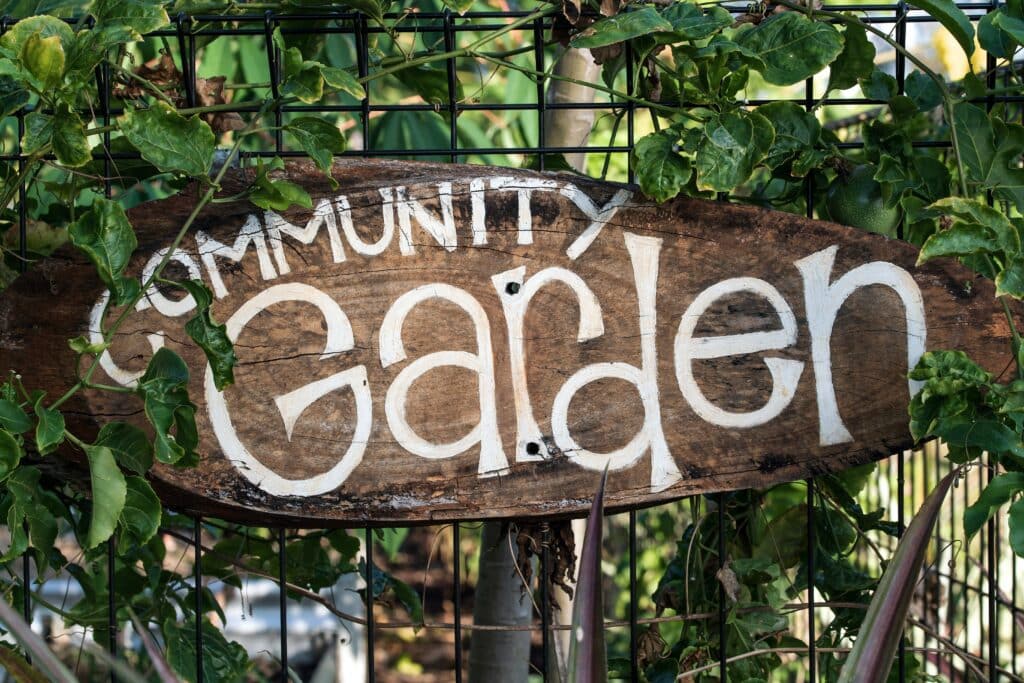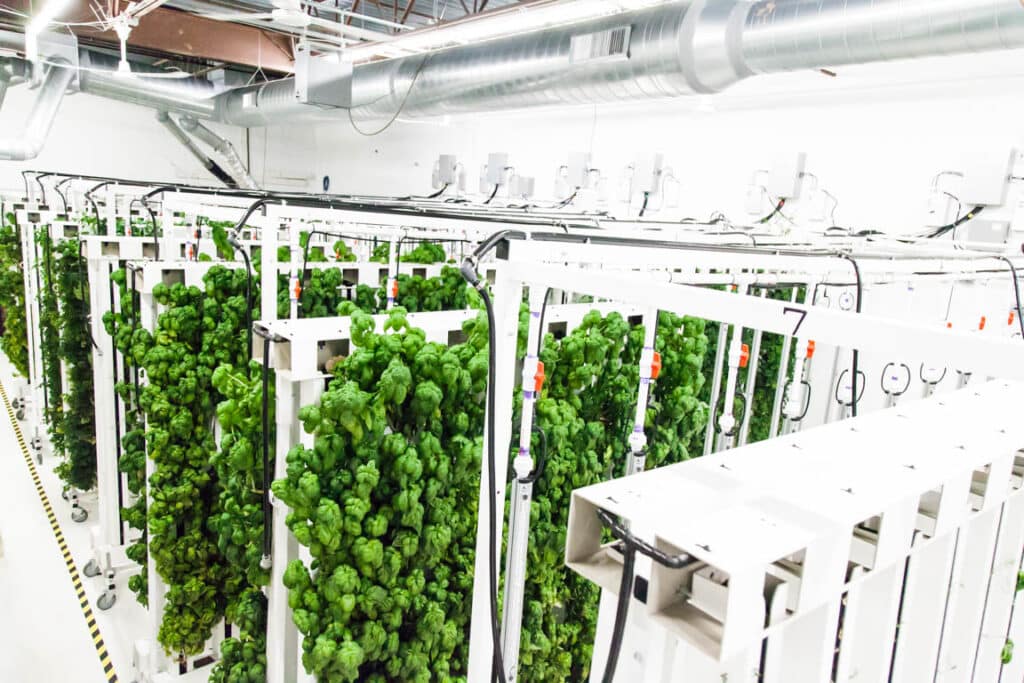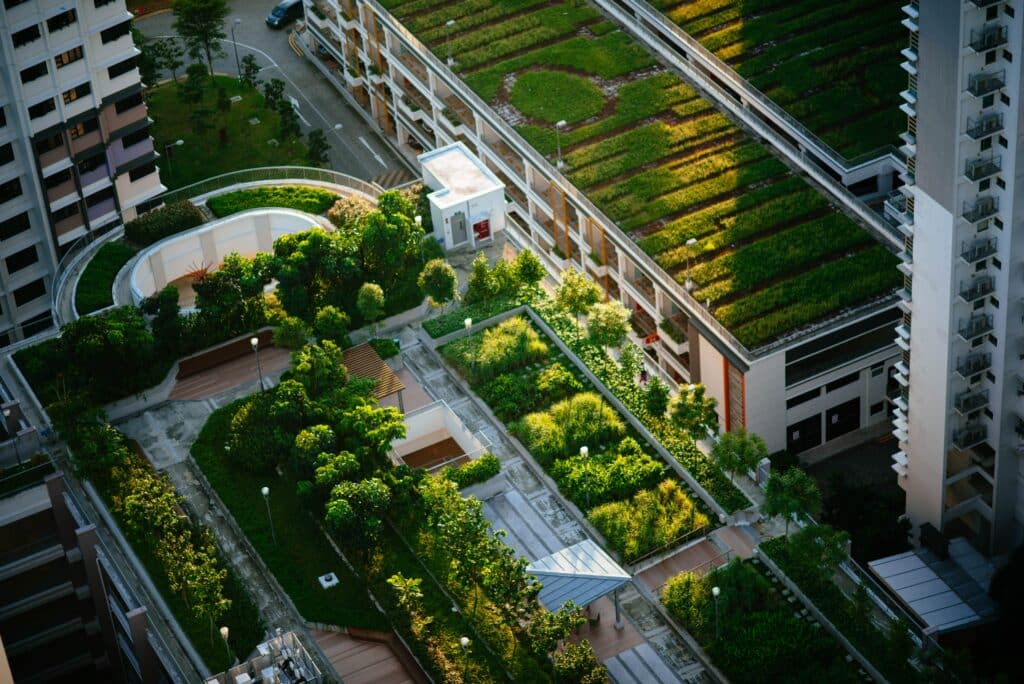In today’s rapidly urbanizing world, the concept of farming might seem disconnected from the bustling streets and towering skyscrapers of our cities. However, a growing movement is taking root in urban centers, and it’s poised to change how we think about food production and food security.
Urban agriculture, the practice of cultivating food in urban areas, isn’t new; it actually dates back as far as 3,500 B.C. But as cities expanded, agricultural lands were converted into residential and industrial areas to accommodate the growing population and meet the demands of the industrial revolution.
The focus shifted from local food production to centralized agricultural systems.
These systems have made it possible for us to enjoy a wide variety of fresh produce, no matter the season or where we are in the world. But it’s not all sunshine and rainbows. Globalized food systems have their fair share of challenges. The long-distance transportation involved contributes to environmental issues like greenhouse gas emissions and biodiversity loss. Plus, there’s the whole concern about big corporations having too much control over our food, which can lead to problems like unsafe products and unfair labor practices.
Urban farming is re-emerging as a powerful tool in addressing the pressing issue of food security.

Growing Food Where It's Needed.
Enhancing Food Security
Greening Urban Spaces
Promoting Sustainability
Strengthening Community Bonds

Vertical Farming: Growing Upwards, Not Outwards

Is a container farm the right fit for you?
Read our blog and download the ZipPod guide to find out.






